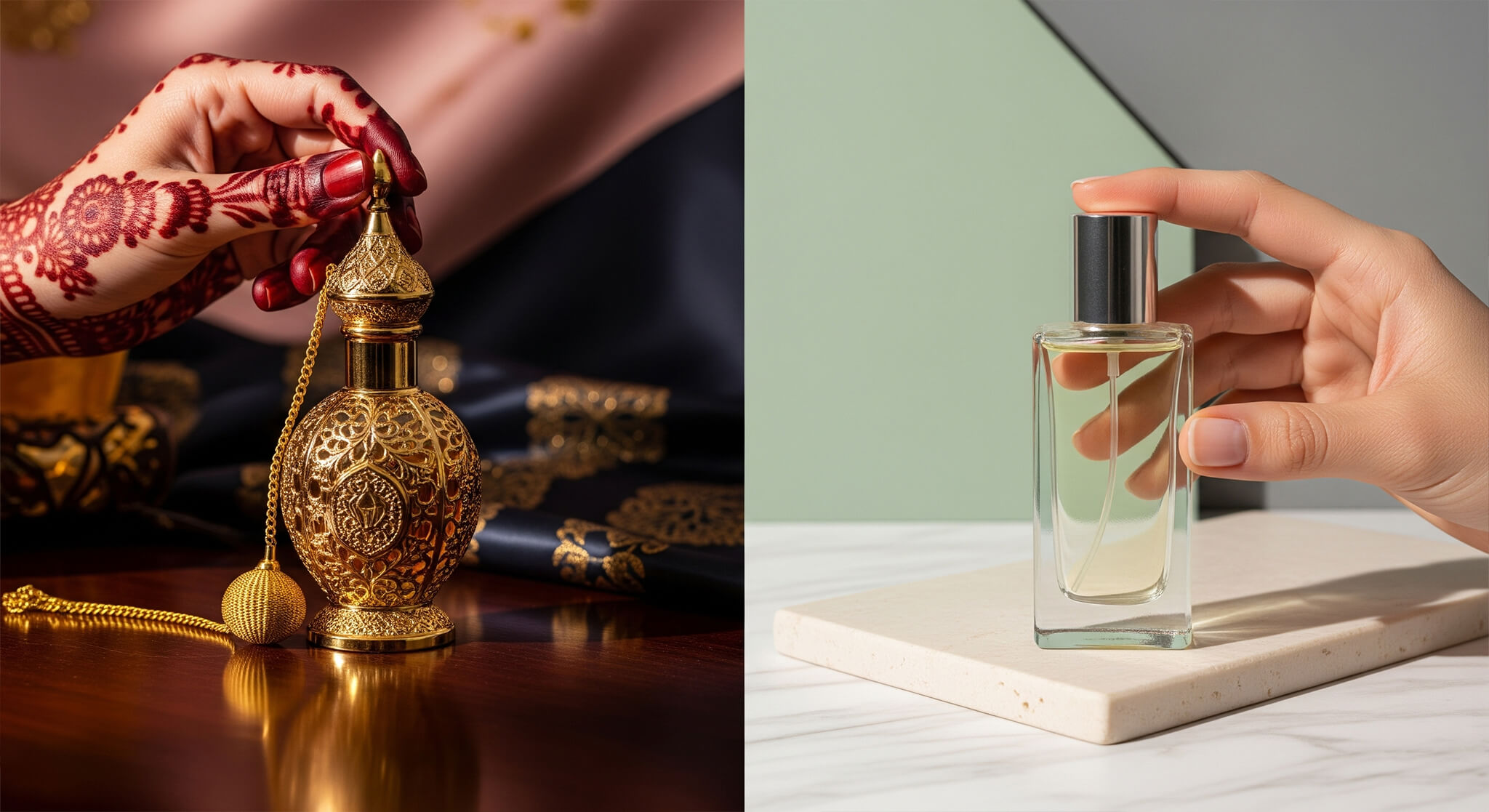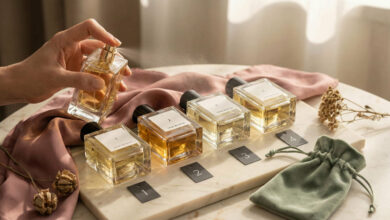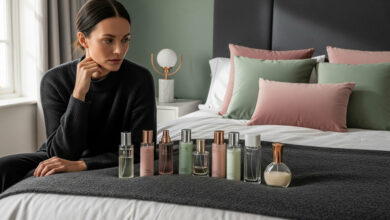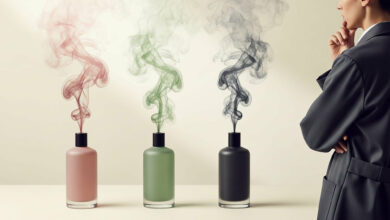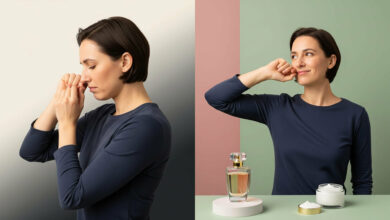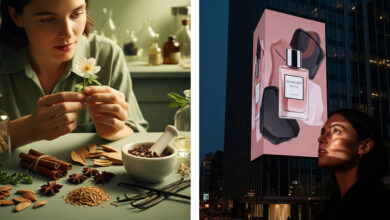Middle Eastern vs. Western Brands: A Comparison of Their Perfume Oils
Table of contents
Two Traditions, Two Philosophies of Scent
When many of us in the West think of perfume, we picture a French-style, alcohol-based spray in a beautiful glass bottle. It’s an art form of bright openings and evolving stories. But there is another, much older, and equally rich tradition of fragrance centered on pure perfume oils, or ‘attars,’ which lies at the heart of Middle Eastern perfumery.
Today, many Western brands offer their own perfume oils, often in convenient rollerball formats. But how do these compare to traditional Middle Eastern attars? Is it just a difference in packaging, or is it a fundamental difference in philosophy, scent, and performance?
We’re diving into the history, formulation, and cultural philosophy of both traditions to compare these two beautiful, but very different, approaches to the art of fragrance.
The Western Approach: Perfume Oil as a “Format”
The Philosophy: An Intimate Alternative
In Western perfumery, an oil-based version of a scent is typically an alternative format for a pre-existing, alcohol-based spray (the Eau de Parfum or Eau de Toilette). The spray is considered the primary creation; the oil is a supporting actor, often designed for travel, for a more subtle application, or for those who are sensitive to alcohol.
The Scent Profile & Structure
Western fragrances, even in oil form, are usually designed with a dynamic, three-tiered structure of top, middle, and base notes. They often emphasize bright, sparkling top notes (like citrus or light florals) to create a captivating first impression that draws you in.
The Performance
Western perfume oils are generally designed for a soft, personal projection. They sit close to the skin, creating an intimate “scent bubble” rather than filling a room. The longevity is typically good, as the oil base evaporates more slowly than alcohol, but the sillage (the scent trail you leave behind) is minimal by design.
The Middle Eastern Approach: Perfume Oil as the “Essence”
The Philosophy: The Original Art Form
In traditional Middle Eastern perfumery, the oil or ‘attar’ is the original and ultimate expression of a scent. It is not an alternative format; it is the pure, undiluted essence. The philosophy is about creating a rich, deep, and tenacious scent that melds with the warmth of the skin to become a personal, long-lasting aura.
The Scent Profile & Structure
The scents are often more linear, meaning they don’t change as dramatically over time. They are built “from the base up,” with a focus on opulent, powerful raw materials like Oud, Amber, Musk, Taif Rose, and rich spices. The aesthetic is luxurious, bold, and unapologetically rich.
The Performance
Middle Eastern oils are legendary for their incredible makeup longevity (scent longevity). Because they are pure oil with little to no alcohol, they bond with the skin and evaporate extremely slowly. It’s not uncommon for a high-quality attar to last for 8-12+ hours, and sometimes even linger after a shower. The projection is often moderate, but the scent itself is incredibly deep and persistent.
The At-a-Glance Comparison Table
| Feature | Western Perfume Oils | Middle Eastern Attars/Oils |
| Philosophy | An alternative format | The original, pure essence |
| Key Notes | Often bright florals, citrus, clean musks | Often oud, amber, rose, rich spices |
| Scent Structure | Evolving (Top, Middle, Base) | Often rich, deep, and more linear |
| Performance | Intimate projection, good longevity | Moderate projection, extreme longevity |
| Culture of Use | Personal application | Personal application & product layering |
Pro-Tips for Wearing a Middle Eastern Perfume Oil
Applying an attar is a gentle ritual.
- A Little Goes a Long Way: These are highly concentrated. You only need a single, tiny swipe from the applicator stick or a single drop on your pulse points.
- Don’t Rub, Just Tap: Gently tap your wrists together to transfer the oil, but never rub. The friction can break down the delicate oil molecules and alter the scent.
- Apply to Warm Points: Apply to your pulse points (wrists, behind ears, neck) and let your natural body heat gently radiate the fragrance.
The Verdict: Two Beautiful Worlds of Fragrance
The difference between Western and Middle Eastern perfume oils is a fascinating reflection of cultural philosophy. One prioritizes a bright, evolving “scent bubble,” while the other treasures a rich, tenacious, and personal “scent aura.”
Neither is ‘better’—they are simply different art forms. Exploring the world of Middle Eastern oils and attars is an essential journey for any true fragrance lover, helping to ease the anxiety around trying something new. It’s an opportunity to connect with an ancient tradition and to discover a new dimension of olfactory beauty, a true form of sensory rejuvenation.
